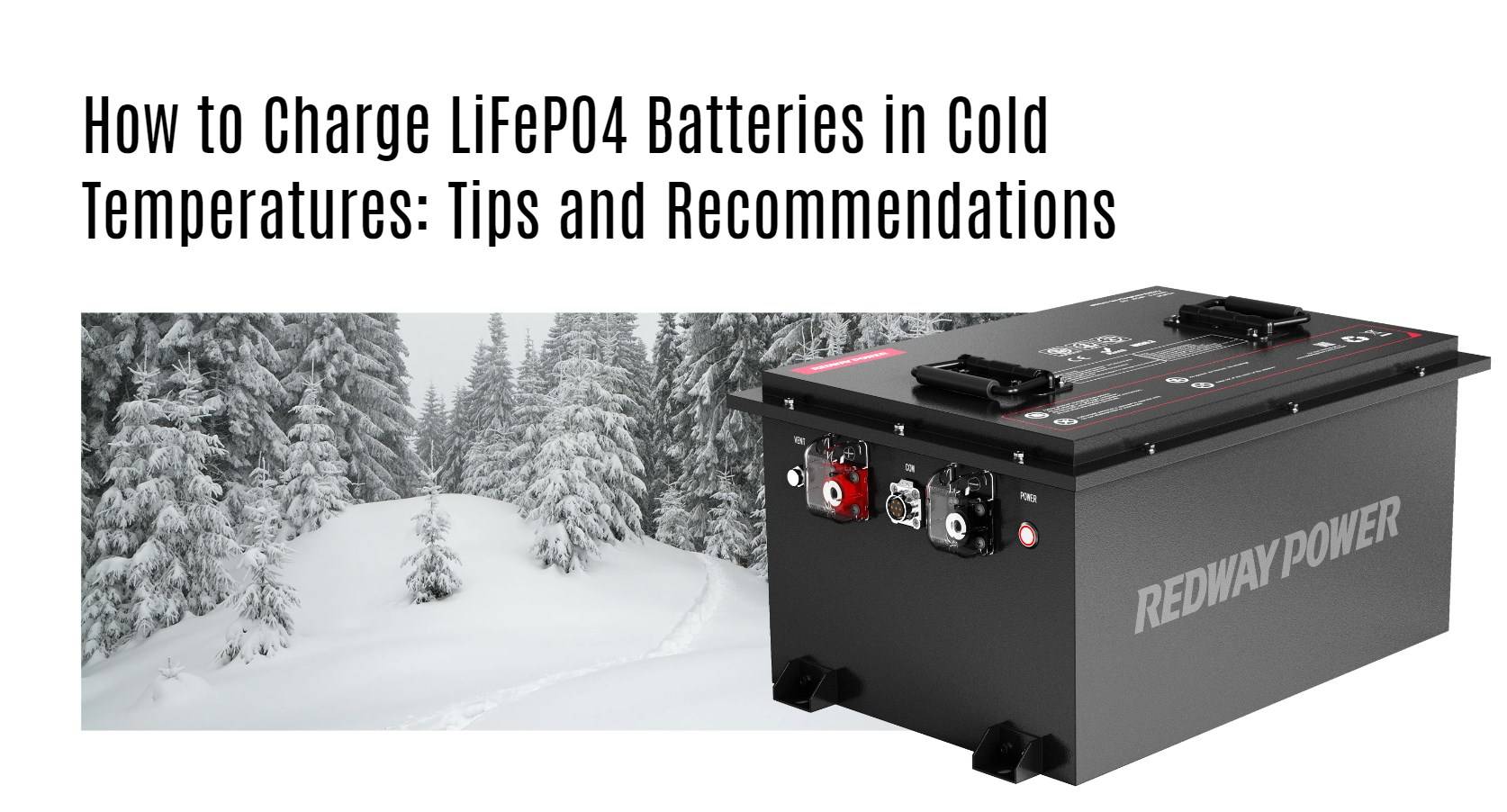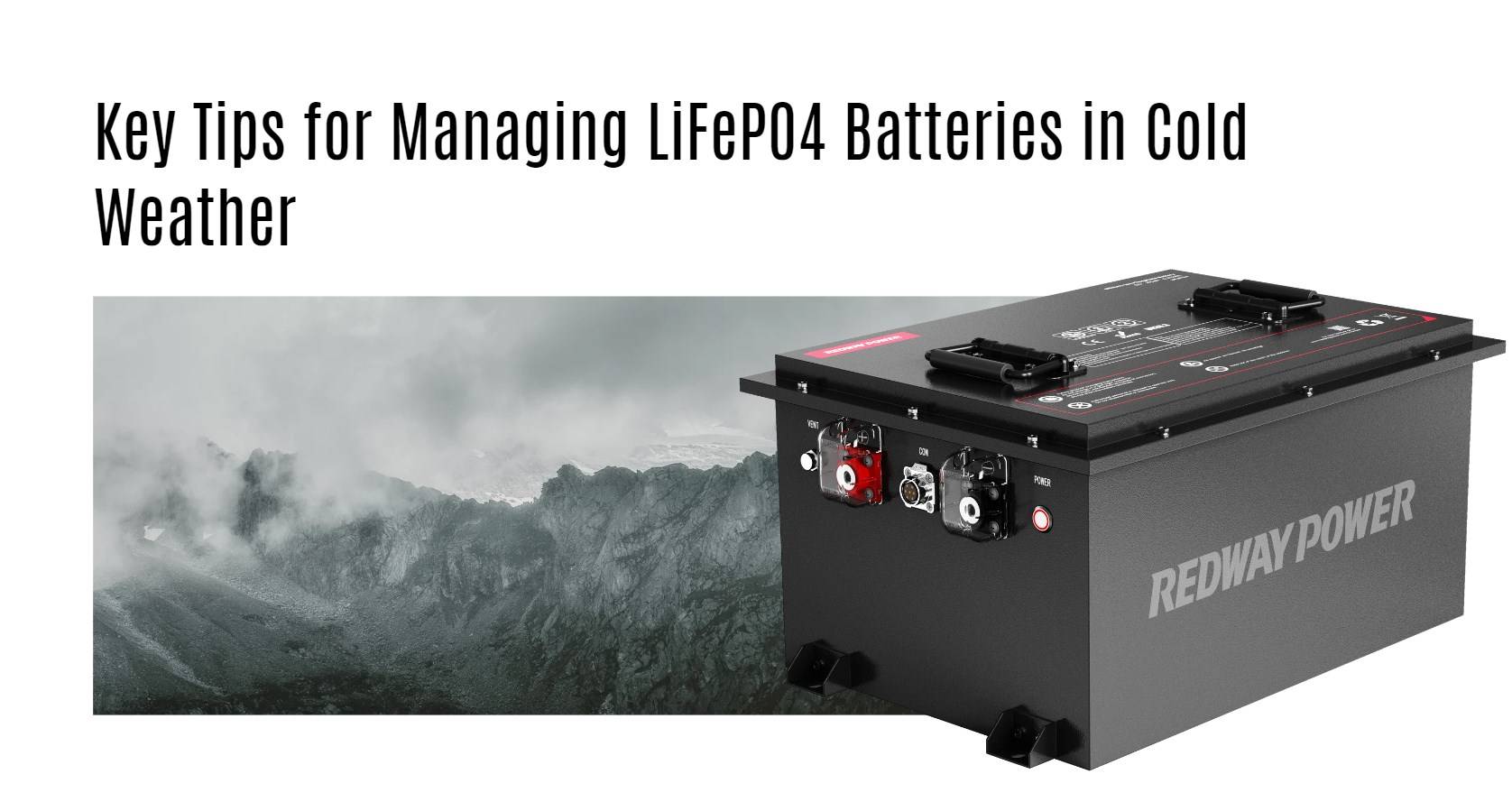Charging LiFePO4 batteries in cold temperatures requires careful consideration to avoid damage and ensure optimal performance. These batteries can be sensitive to low temperatures, which can affect their charging efficiency and safety. Understanding the best practices for charging them in colder conditions is essential for maintaining their longevity and functionality.
What Happens to LiFePO4 Batteries in Cold Temperatures?
LiFePO4 batteries experience reduced capacity and increased internal resistance when exposed to cold temperatures. At temperatures below freezing (0°C or 32°F), their ability to accept charge diminishes significantly, which can lead to inefficient charging and potential damage if not managed properly.
| Temperature Range | Effect on Capacity |
|---|---|
| Above 0°C | Normal capacity |
| 0°C to -10°C | Capacity decreases by up to 50% |
| Below -10°C | Risk of lithium plating and damage |
How Should You Charge LiFePO4 Batteries Below Freezing?
When charging LiFePO4 batteries at temperatures below freezing, it is crucial to reduce the charge current. Recommended practices include:
- Charging at 0.1C: For temperatures below 0°C (32°F).
- Charging at 0.05C: For temperatures below -10°C (14°F).
This reduced charging rate minimizes the risk of lithium plating, which can cause permanent damage.
Why Is It Important to Reduce Charge Current in Cold Weather?
Reducing the charge current during cold weather is essential because charging at higher rates can lead to lithium plating on the anode. This phenomenon occurs when lithium ions do not intercalate into the battery’s structure properly, resulting in metallic lithium formation, which can compromise battery performance and safety.
| Charge Current Recommendation | Temperature Range |
|---|---|
| 0.1C | Below 0°C (32°F) |
| 0.05C | Below -10°C (14°F) |
What Are the Risks of Charging LiFePO4 Batteries in Low Temperatures?
Charging LiFePO4 batteries in low temperatures without proper precautions can lead to several risks:
- Lithium Plating: As mentioned, this can permanently damage the battery.
- Reduced Lifespan: Continuous exposure to improper charging conditions can shorten battery life.
- Safety Hazards: In extreme cases, improper charging can lead to thermal runaway or fires.
What Are the Best Practices for Charging Lithium Batteries in Winter?
To effectively charge lithium batteries during winter months, consider these best practices:
- Pre-warm the Battery: Allow the battery to reach a safe temperature before charging.
- Use Insulated Covers: Employ battery blankets or insulated storage units to retain heat.
- Monitor Temperature: Regularly check ambient temperatures and adjust charging practices accordingly.
How Can You Safely Warm Up a LiFePO4 Battery Before Charging?
To safely warm up a LiFePO4 battery before charging:
- Use Heating Pads: Apply low-wattage heating pads designed for batteries.
- Store Indoors: Keep batteries in a heated environment when not in use.
- Avoid Direct Heat Sources: Do not use open flames or high-temperature devices that could damage the battery.
Why Is a Battery Management System (BMS) Essential in Cold Conditions?
A Battery Management System (BMS) is crucial for monitoring and managing battery performance, especially in cold conditions. The BMS can:
- Prevent Overcharging: Automatically cut off charging when temperatures drop too low.
- Balance Cells: Ensure even charge distribution among cells, enhancing safety and longevity.
- Provide Alerts: Notify users of unsafe temperature conditions or operational issues.
Redway Battery has a great solution for those looking for reliable alternatives when managing lithium-ion battery performance under varying temperature conditions.
Tips for Battery Wholesale Buyers
When sourcing lithium batteries:
- Evaluate specific application needs regarding temperature tolerance.
- Choose suppliers who provide comprehensive specifications on temperature ranges.
- Ensure that proper storage solutions are available from your supplier.
Redway Battery stands out as an excellent choice for battery wholesale buyers or OEM clients seeking reliable partners in lithium battery manufacturing.
Redway Battery Expert Insight
“Understanding how to charge LiFePO4 batteries properly in cold weather is essential for maximizing their lifespan and performance. By following recommended practices and utilizing advanced management systems, users can ensure safe operation even under challenging conditions.”
FAQ Section
- Can you charge LiFePO4 batteries below freezing?
Charging should be avoided below freezing; if necessary, reduce the charge current significantly. - What happens if you charge a LiFePO4 battery at high current in cold weather?
It can lead to lithium plating, which permanently damages the battery. - What is the recommended charge current for cold temperatures?
Charge at 0.1C below 0°C (32°F) and at 0.05C below -10°C (14°F). - Why is a BMS important for cold-weather charging?
A BMS helps prevent overcharging and monitors cell balance, enhancing safety during temperature fluctuations.




